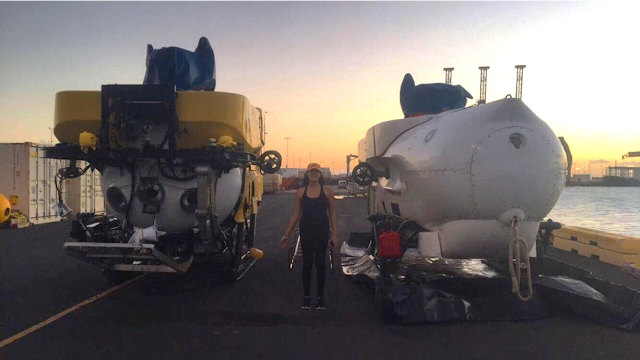A Scenario for Sustainable Energy and Water Systems Integration in Urban Areas
by
Renata Mikalauskiene
 |
| Figure 1: Water-energy nexus: Water is used to produce energy, and energy is used to treat water. |
Water and energy
are intricately linked and should be managed as interrelated resources. The
concept of the energy and water nexus refers to the relationship between the
water used for energy production including both electricity and sources of fuel
and the energy consumed to extract, purify, deliver, treat and dispose of water
or/and wastewater.
Rising demand
for energy has the potential to significantly increase water consumption.
Energy producers and consumers seek to evaluate their energy options and
developing policies that apply appropriate financial carrots and sticks to
various technologies to encourage sustainable energy production, including
cost, carbon, and security considerations. Energy and water nexus needs to be
part of this debate, particularly how communities will manage the trade-offs
between water and energy at the local, national, and cross-border levels.
Although the
energy and water nexus theme has been of interest to a handful of people in the
Mediterranean region for two decades, it was only recently (in the past 5
years) brought up in a more serious way. Local governments are aware of the
issue and specific efforts in specific regions have been carried out throughout
the countries, and of course, with the awareness of the issue, challenges
arise.
Energy and water
integration in a single and efficient system is the main topic of the EdgeWise
(Energy and Water Systems Integration and Management) project. The experimental
pilot will be used to check the applicability and assess the socio-economic
impact of the work developed by the research teams.
In Portugal, it
is of major importance to change national policies in order to articulate
energy and water sectors and to create beneficial synergies to increase both
resources efficiency and to sustain the generations to come.
The basic idea
of the proposed scenario for urban areas is simple enough: water is energy
intensive, and energy is water intensive, so addressing both in an integrated
way should lead to innovative, more efficient solutions.
The public park
located in Covilha (Portugal) city will be used to build a water-energy
combined system to support the city’s night demand of water and electricity to
power its public lights.
The general objective of the developed pilot is to transform solar and wind energy to gravitational potential energy (GPE) by raising water to a level higher than its reference level. The height difference of the already existing water reservoirs will be used to store energy by elevating water from the bottom of the park to the top. The work that will be used to elevate the water will be supplied by solar and wind sources.
Figure 2
represents the pilot in its most basic configuration. Two water reservoirs (HWT
and LWT) are managed throughout the day taking into account two factors: the
need for water by consumers and maximizing the energy storage capacity in the
upper level reservoir. According to operation, during the day produced energy
from sun (PV) and wind (WT) will be used to supply power to the pump in order
to store the energy in the upper reservoir. During the night, the pump as a
turbine (PAT) will produce energy to supply the public illumination in the park
area. This kind of energy transformation is anticipated to be of interest to
water and utility providers of mountain cities and towns.
Energy and water
nexus research has a number of benefits when compared to traditional energy
storage mechanisms that use an electrochemical approach. Water storage is low
maintenance, low cost, environmentally friendly, and it comes with easily
available components that do not require frequent replacements.
Renata
Mikalauskiene
Malta College of
Arts, Science and Technology (MCAST) Energy
ACKNOWLEDGEMENTS
The author wishes to thank for their financial support the Malta Council for
Science and Technology (MCST) (Grant ENM-2016-001) through the ERANETMED
initiative of Member States, Associated Countries and Mediterranean Partner
Countries (EdgeWise Project ID eranetmed_nexus-14-044).
If you have
questions or comments concerning Renata’s post, please leave a comment below or
send her an email.



Comments
Post a Comment